As mentioned several times on our blog, we have a cabin up on a mountain top called Vassfjellet, sometimes referred to as VFJ. This cabin houses all our beacons, which provide amateurs all over the world the facilities to check band conditions towards Europe and other countries in reach.
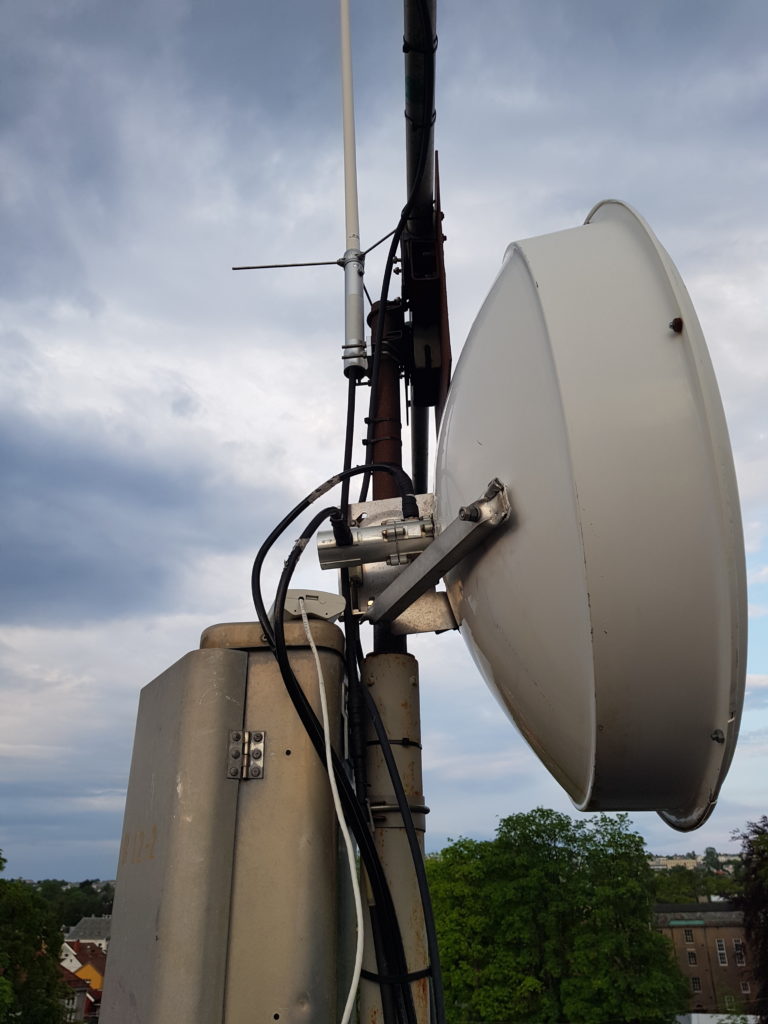
In addition to the beacons, we have also put up a 5.8Ghz WiFi-link to provide the cabin with internet access. This point to point link starts all the way back at our main QTH, Studentersamfundet. This is a fairly long stretch, and shooting the link through an urban environment adds additional challenges. The link margin is quite low because of this. There are a number of devices in our cabin which require a internet connection to operate, including an ADS-B and AIS-reciever, and more recently a couple of cameras and a relay-box.

The cabin was mostly without any internet access for the duration of 2018 and up until early 2019. The main culprit was the enclosure we had chosen to put our wireless radio in: it was too waterproof. The problem was that when rainy weather and melting snow came, water followed the wires through the enclosure and to the radio, slowly filling the enclosure with water. We speculate that the radio was left this way for the majority of its time, as the end result didnt seem to prove otherwise.
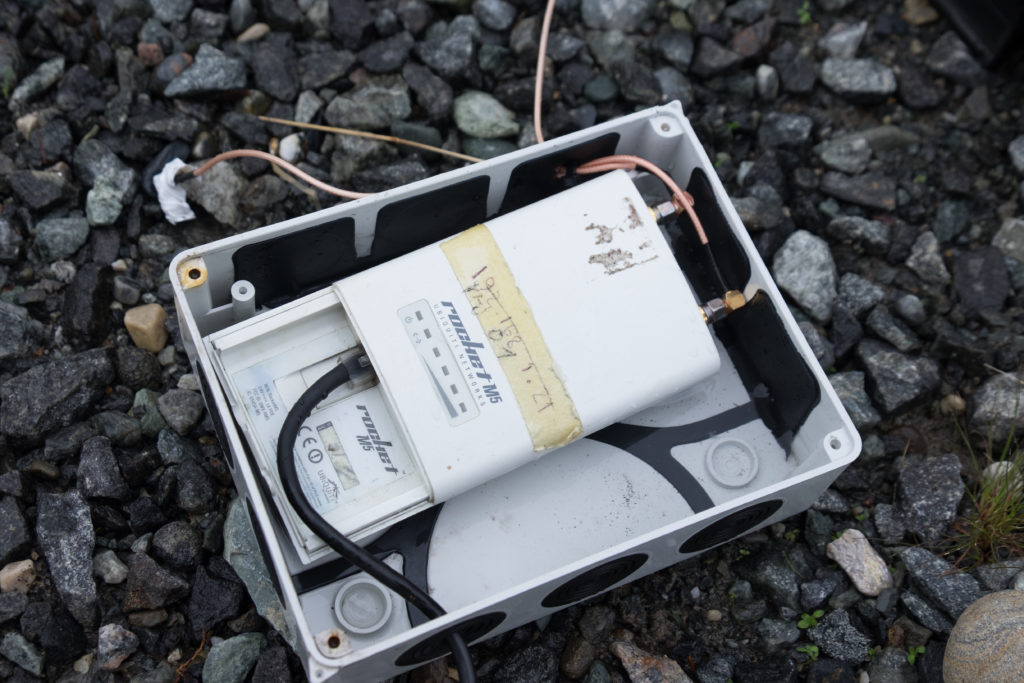
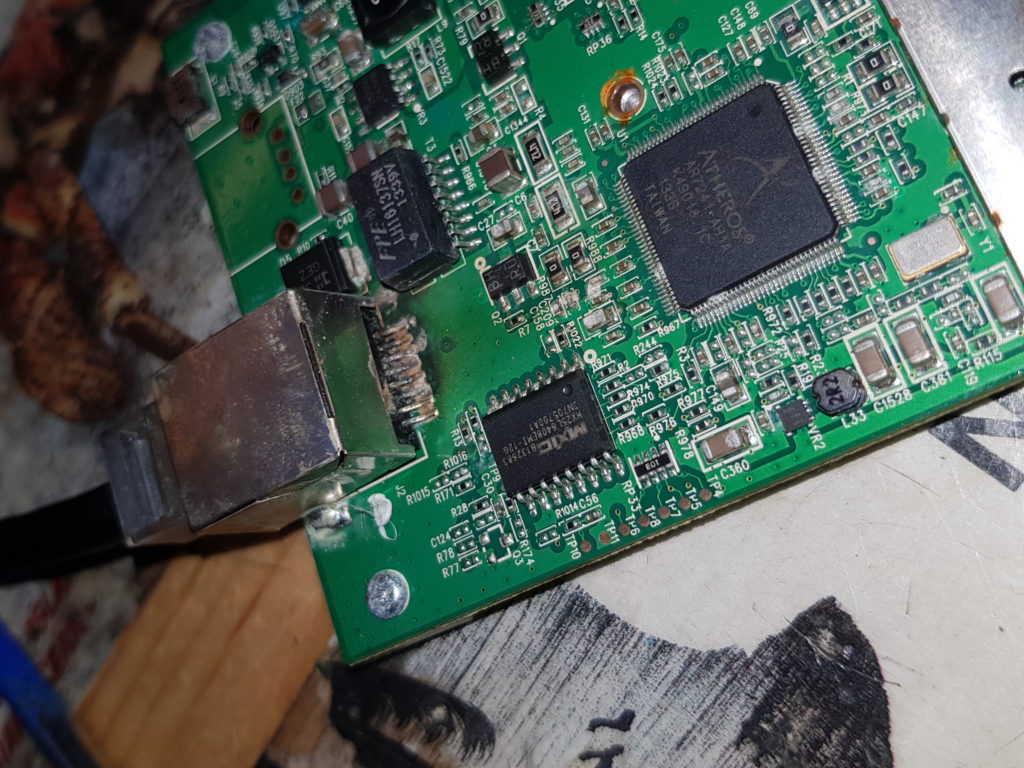
Needless to say, the radio was as dead as it looked. The soloution for this could have been rather simple; by drilling holes in the bottom of the box we could have let the excess water drip out instead of flooding the radio. Luckily we had another backup radio, and used that to re-establish our connection to Samfundet. But lesson learned – proper care and attention will be taken the next time we mount anything outside up at Vassfjellet.
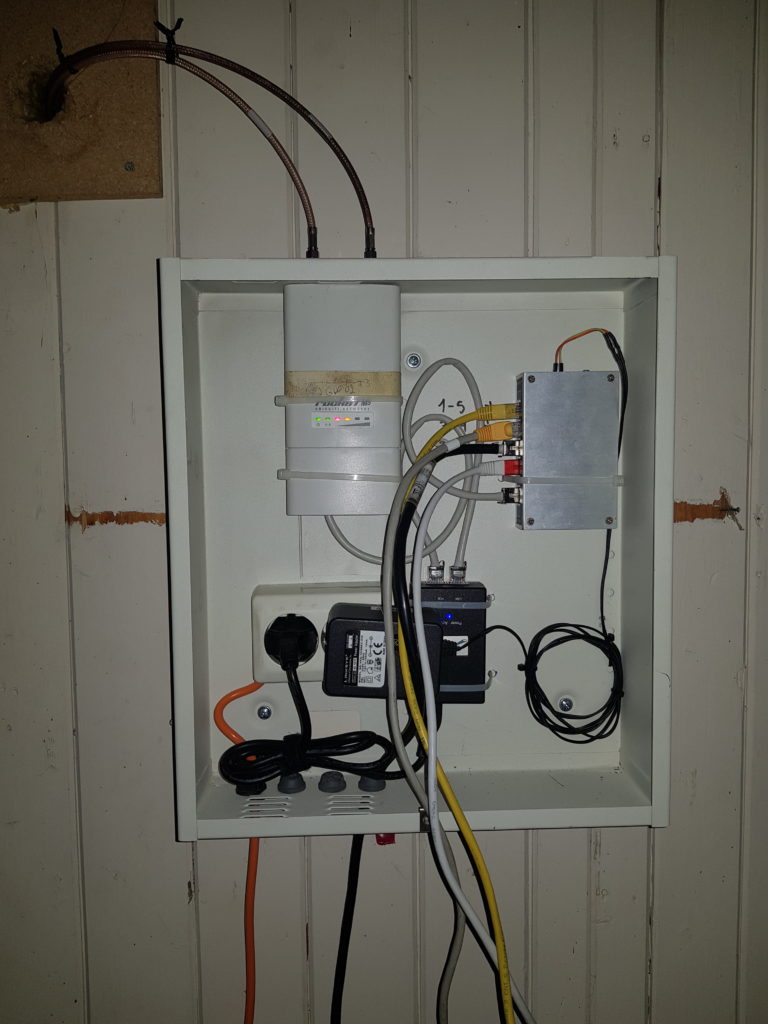
In our next try, we decided to mount the radio indoors, again. The reason we wanted the radio as close to the antenna as possible the last time, was to minimize any output loss through the cable. The ‘old’-setup had RG58-cable feeding the antenna, which at 5m in length gave us a pretty low amount of power radiating out of our antenna. This time we went for a much better coax, and moved the WiFi-antenna to the other mast that was set up for the new beacon antennas in 2017.
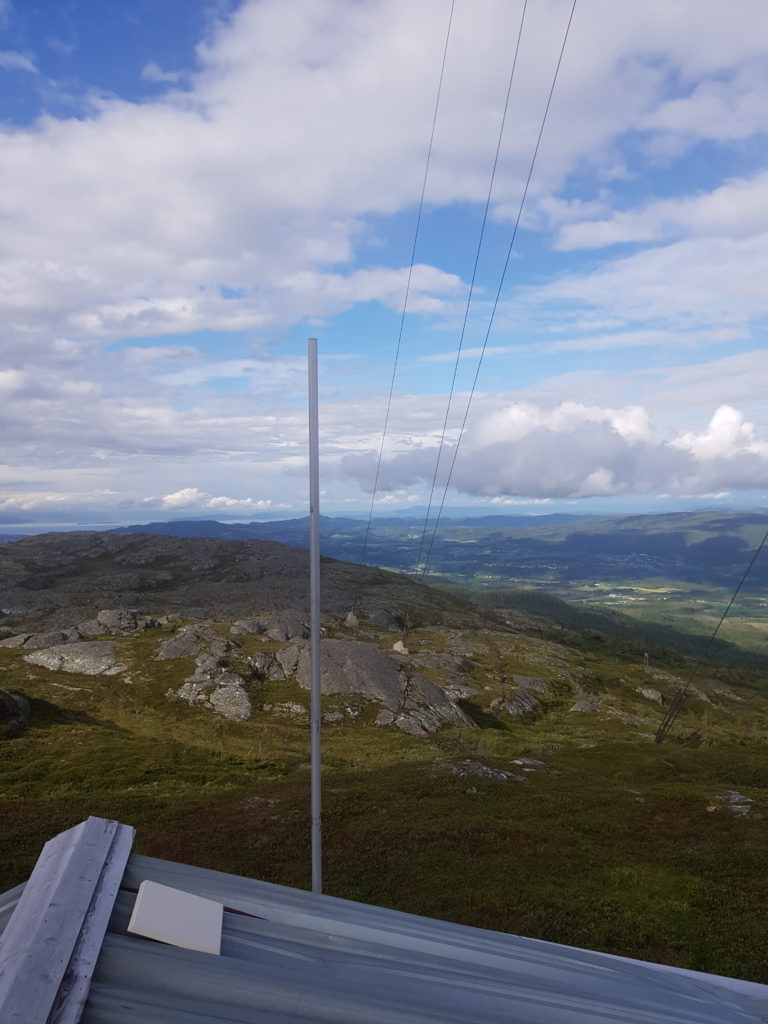
We are unable to recall whether or not moving the antenna increased the signal at our QTH, but we can report having no problems with it so far. That is, except for a few configuration mishaps that required us to take another trip up to the cabin. In the summer and early autumn this isn’t too much of a problem, but during winter and early spring we keep our trips to the mountain at a minimum.
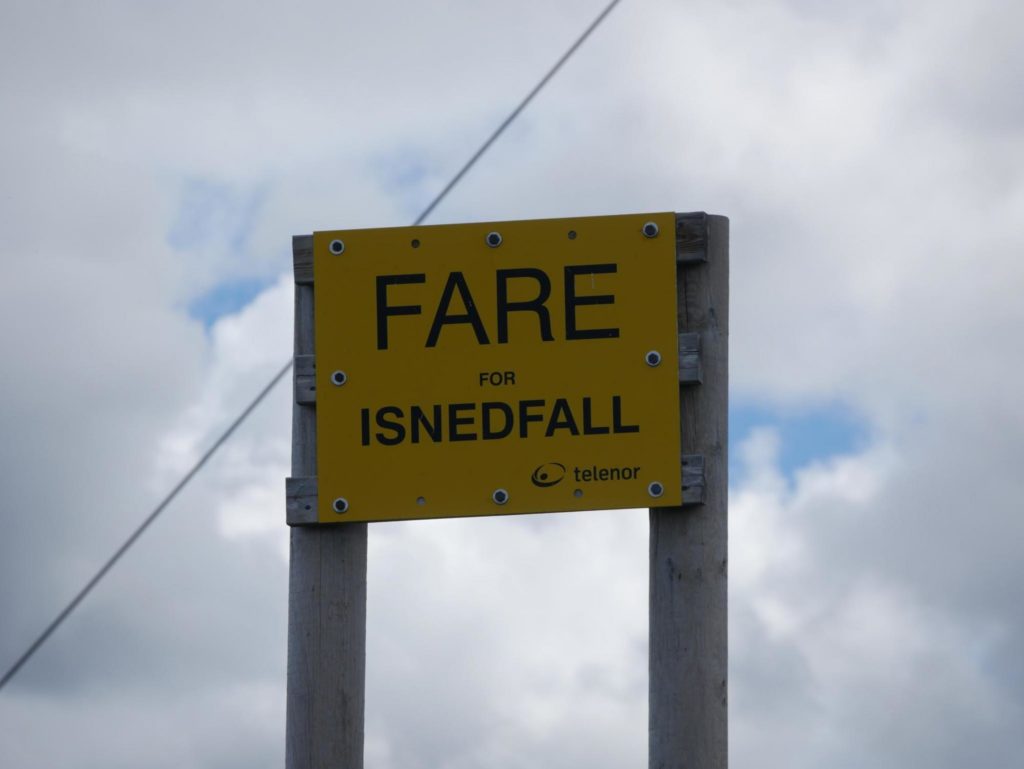
The conditions during the winter usually lead to ice forming on the 200m high mast right beside our cabin, which makes it a real hazardous operation to perform any maintenance here during the season. Driving up here usually is no-go due to the huge amount of snow usually present during the winter. This only leaves us with half of the year to actually visit the facilities, and requires us to think forward for any problems that might occur during the winter.

This time we tried placing any untested projects up inside the cabin so that we have the winter to check for any flaws or conditional issues before deploying them fully. In a coming post we’ll get to the equipment we have behind the WiFi-link at Vassfjellet, including two web-cameras and a relay-box planned to control the beacons.
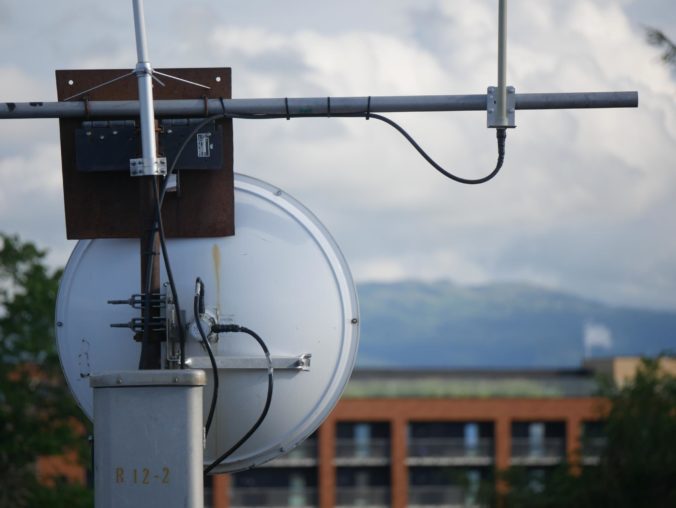

Bruk pakknippler på ledninger hvis dere vil ha det vanntett.
F.eks denne: https://www.youtube.com/watch?v=8OAu31hY8sM
73 de LA7LKA/ARK pang
Feil link jeg kopierte. Mente denne: https://www.elfa.se/en/cable-gland-polyamide-m20-mm-jacob-50-620par7035/p/15519012?track=true